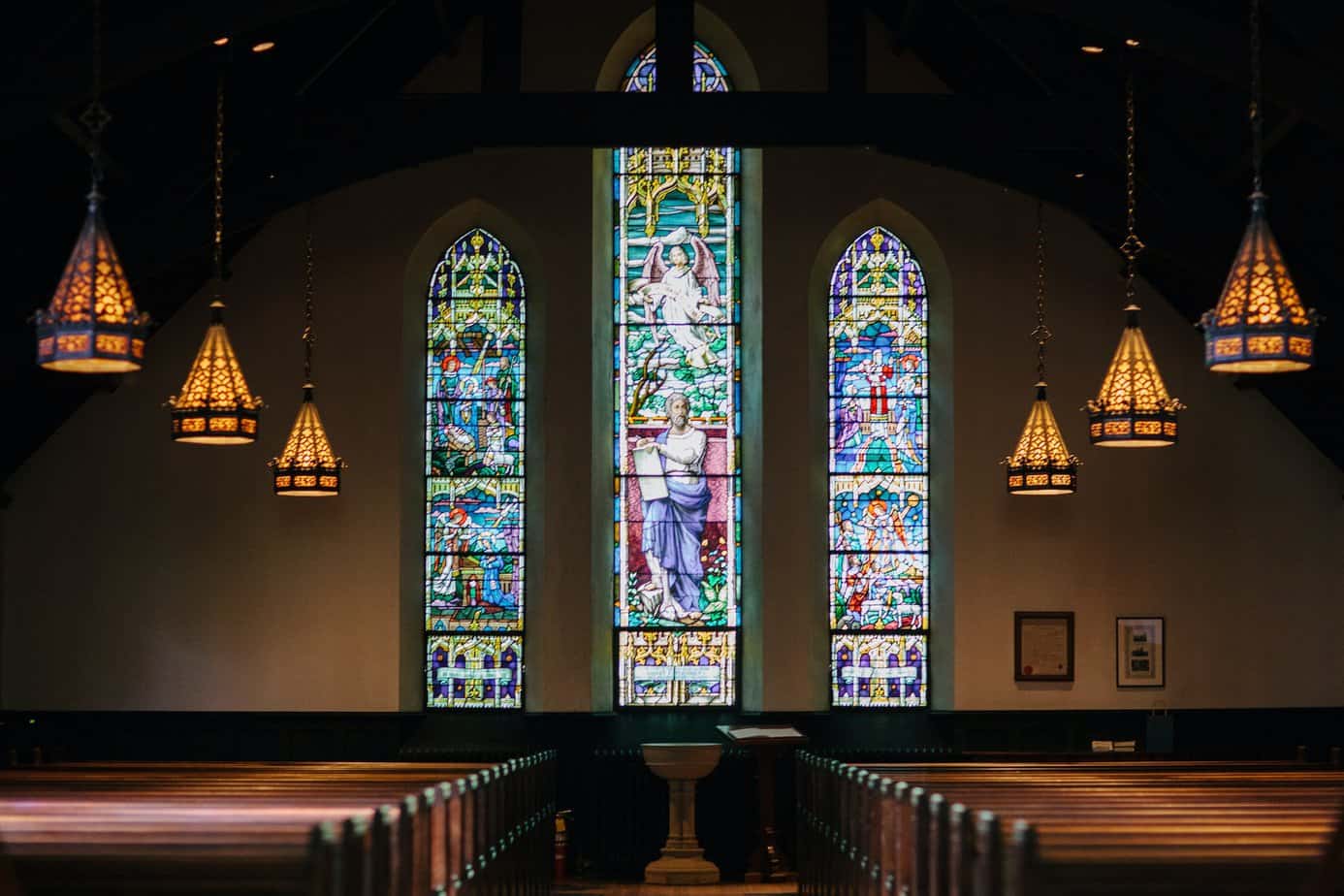
Religious art has been a part of religious practice for centuries. From ancient Egyptian tombs to modern-day temples, religious paintings and ornaments have been used to express faith and devotion.
Ornaments for temples are religious or decorative items used to adorn and beautify temple spaces. These pieces are typically made of materials such as brass, silver, gold, or gemstones. They often feature spiritual symbols like deities, mandalas, and sacred scriptures, and they can be used to represent different aspects of religion. Some of the most common temple ornaments are those that are used to decorate altars, shrines, and other worship areas. Examples include incense holders, vases, bells, statues, and paintings. The use of ornamental items in temples is a way to express devotion and honor to spiritual entities. Ornaments also help to create a tranquil atmosphere in which people can come together to meditate, practice their faith, and offer their prayers.
Religious art plays an important role in many temple settings, with ornamental decorations of various shapes, sizes and materials featuring heavily. These objects are more than just aesthetically pleasing; they serve a spiritual purpose as well. Religious art often helps to life the stories and teachings of the faith, inspiring and enlightening visitors to the temple. This art also helps to mark the entranceway of the temple, its internal architecture, and even its surrounding environments.
Many temples feature intricate sculptures, paintings, and mosaics that represent religious figures or concepts. These can include representations of gods, goddesses, saints and other spiritual figures, as well as scenes from sacred texts and symbols associated with the faith. In addition, some temples will feature symbolic objects such as flags, banners and offerings. The choice of what to feature is largely up to the discretion of the priests or custodians of the temple, who are usually highly knowledgeable about the culture and practices associated with their faith.
Religious art in temples serves an important role in connecting individuals to their faith. By serving as a reminder of the divine, it helps to invoke a sense of awe and reverence for those who visit the temple. It also helps to tell stories about the faith and bring its teachings to life in a visual form. Through these decorations, the temple can become a place of spiritual rejuvenation for its visitors.
Main photo: Karl Fredrickson/unsplash.com